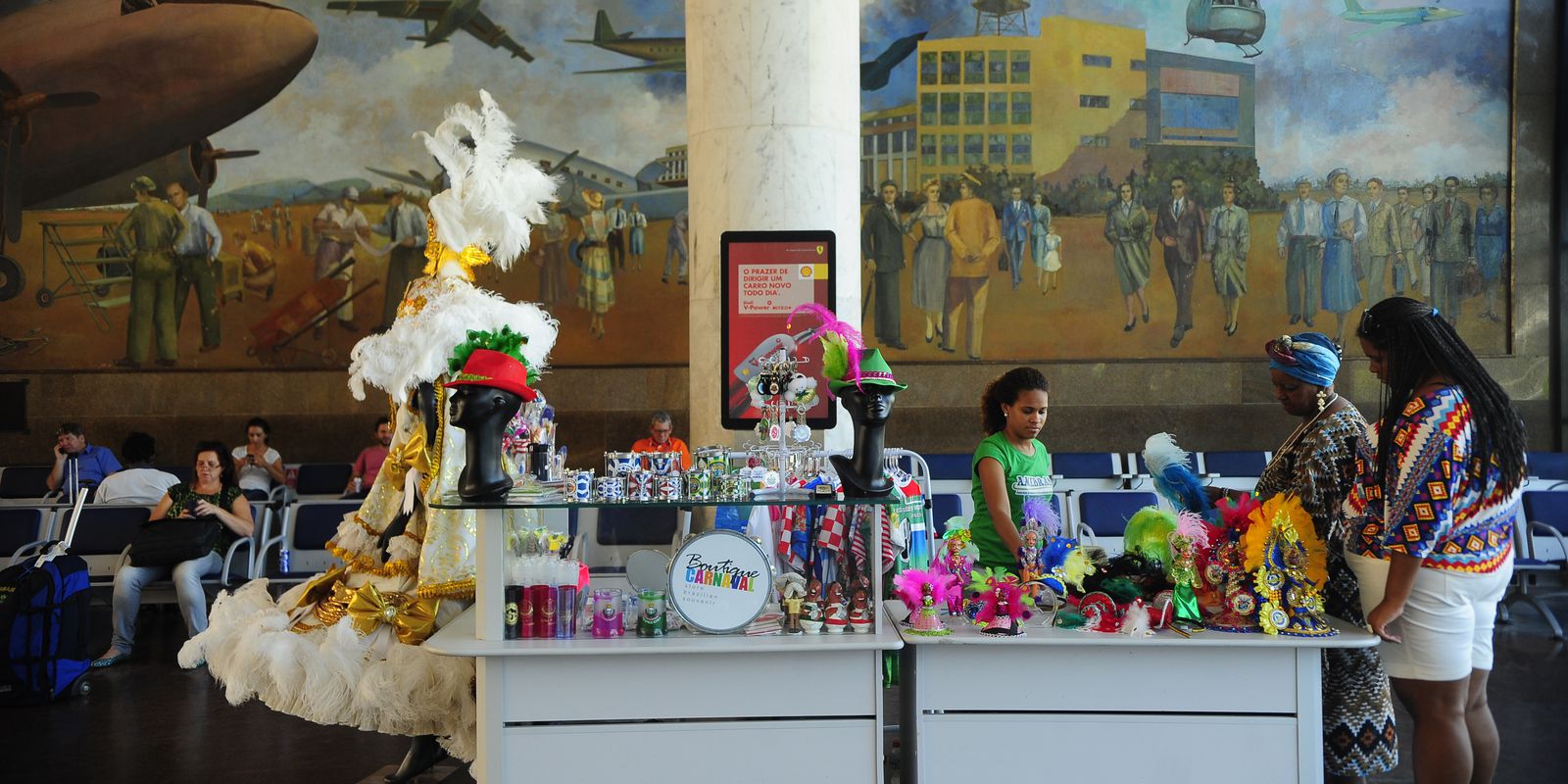After losing 9.4 million entrepreneurs throughout 2020, Brazil once again registered a drop in the national rate of total entrepreneurship in 2021. According to the Global Entrepreneurship Monitor (GEM) report, carried out by Sebrae and the Brazilian Institute of Quality and Productivity , the number of people between 18 and 64 years of age who, last year, had their own formal business or did something to start one was no more than 43 million. A year earlier, this result reached 44 million. And in 2019, to 53.4 million people.
Although “slight” compared to 2020, the drop seen in the last year was enough for the Total Entrepreneurship Rate (TTE) to reach the lowest level since 2013 in 2021. The rate indicates the percentage of the employed adult population as an entrepreneur. In 2021, the proportion was 30.4%, against 31.6% in 2020 and 38.7% in 2019, when the highest rate was recorded after 2015 (39.3%).
Despite the negative result, Brazil rose two positions in the ranking global in terms of total entrepreneurship rate, rising from seventh place in 2020 to fifth place in 2021, behind only the Dominican Republic (45.2%); Sudan (41.5%); Guatemala (39.8%) and Chile (35.9%). Among 47 countries listed in the report, Canada ranks eighth among nations with the highest rates of entrepreneurship (27.4%); the United States ranked 14th (24.5%) and Norway ranked last, with only 6.6% of the adult population becoming entrepreneurs.
Established Entrepreneurs
A data considered positive by Sebrae was the return of the growth of the so-called established entrepreneurs, that is, those who have been in charge of a business for more than 3.5 years. After two years of decline, the rate increased by 1.2 percentage points and went from 8.7% of the adult population in 2020 to 9.9% in 2021.
For the president of Sebrae, Carlos Melles, the data reveals that part of the entrepreneurs who opened a company shortly before the beginning of the covid-19 pandemic managed to survive the economic consequences of the health crisis. In part, thanks to public policies for access to credit, such as the National Support Program for Micro and Small Businesses (Pronampe), and initiatives such as the Emergency Employment and Income Maintenance Program (BEm).
“These initiatives gave entrepreneurs more breath and allowed them to survive the impacts of the pandemic. These programs were essential for many companies to remain open”, said Melles when presenting the results of the survey to journalists.
The Initial Entrepreneurship Rate (TEA), formed by those who opened a business less than 3.5 years ago and also by those who took some action to have their own business or had opened one up to three months before the date of the survey, fell by 2 .4 percentage points, from 23.4% in 2020 to 21% in 2021. This is despite the so-called nascent entrepreneurs (those in the second group, who took some initiative to become the owner of a business), alone, having remained at the same level as the previous year – which, according to Sebrae, “shows that there are still many people looking for entrepreneurship as an alternative occupation”.
Higher education, similar income
On the other hand, the report also points out that, in 2021, the rate of entrepreneurship out of necessity decreased. While in 2020, 50.4% of respondents said they had invested in a business in search of a source of income, last year this percentage dropped to 48.9% – the third highest percentage in the historical series (55.4% in 2002 and 50.4% in 2020).
In addition, the research points out that new entrepreneurs have a higher level of education than those who preceded them in this sector, as at least 28.5% of respondents have completed higher education (in 2020, they were 24.4%).
The increase in schooling, however, is still not reflected in a greater income gain: 57% of entrepreneurs earned, in 2021, less than three minimum wages. In 2019, it was 52%. At the other end, 10% of them claimed to earn more than nine minimum wages. In 2020, it was 10.3%.














